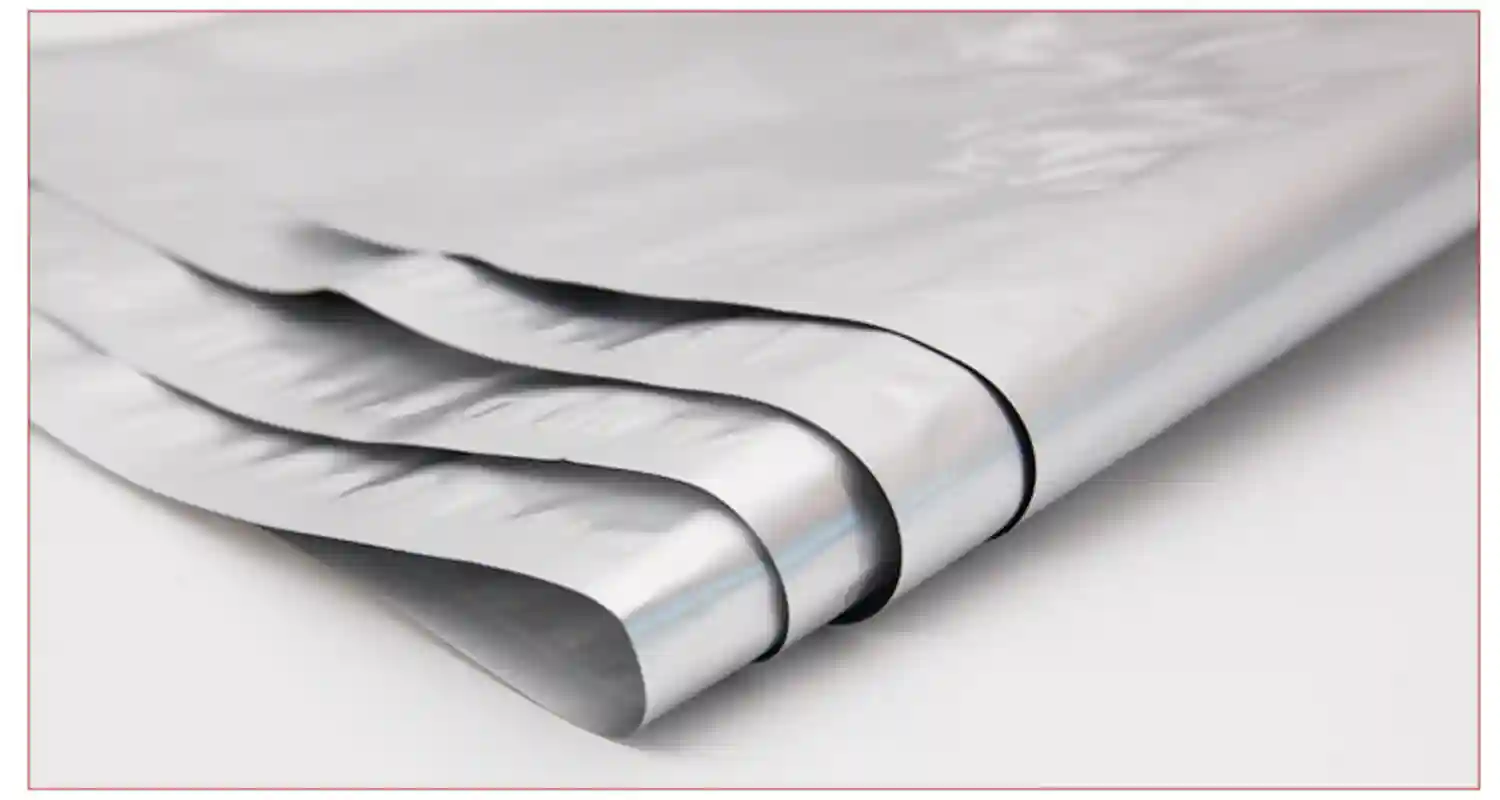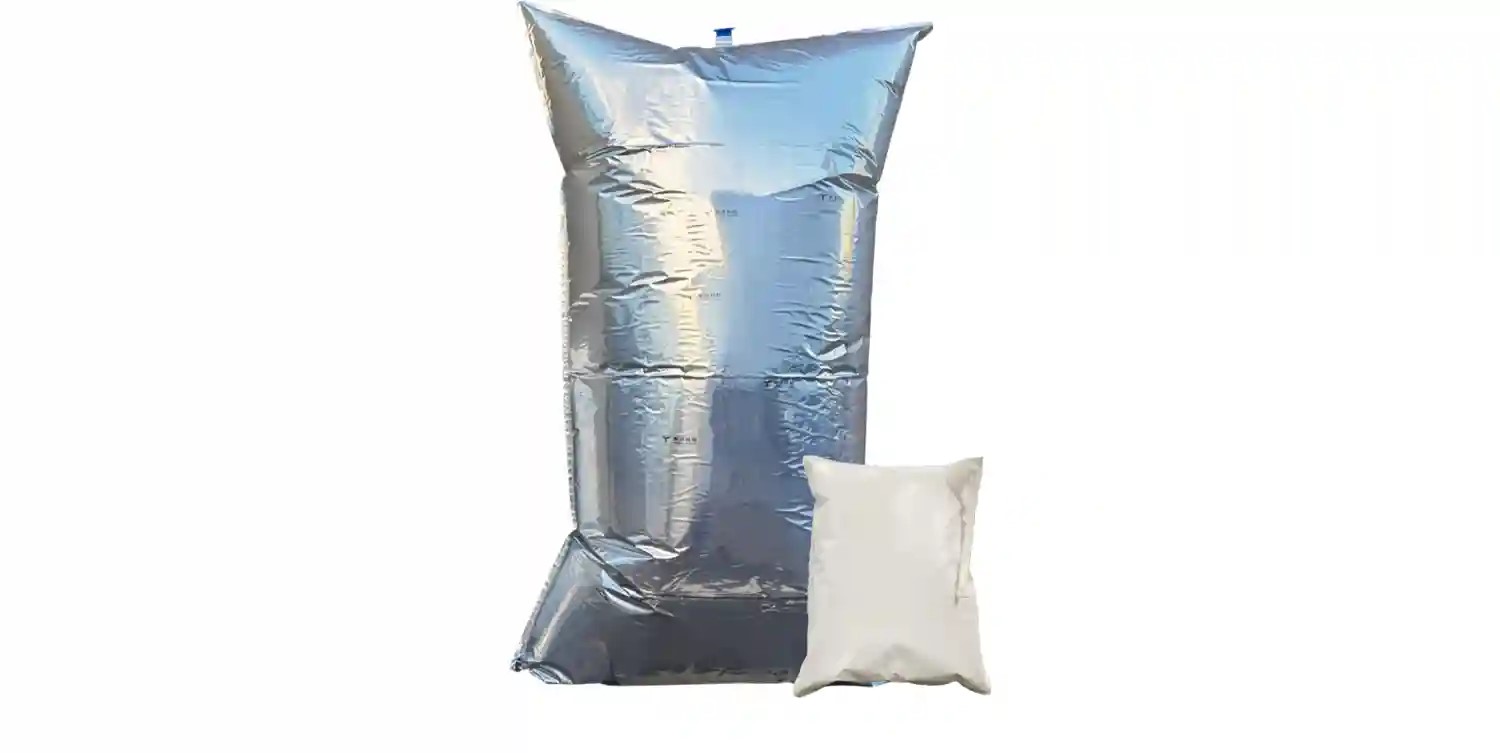Introduction of Aluminum-Plastic Composite Heavy-Duty Bags
Aluminum-plastic composite bags, also known as pure aluminum center seal gusset bags, aluminum foil gusset heavy-duty bags, and M-type gusset masterbatch heavy-duty bags. The products are developed to combine aluminum and plastic films through one or multiple dry-lamination processes.

The Structure of Aluminum-Plastic Composite Heavy-Duty Bags
Surface Layer
Keep Performance: The surface layer is designed to provide strength, puncture resistance, and anti-slip properties.
Safe and Efficient: The integrity of the layer ensures that the bag can withstand rough handling, and various environments and prevent slippage.
Temperature Resistance: Within a specific process, maintaining its protective properties in diverse climatic conditions.
Barrier Layer
Moisture Resistance: The Barrier layer makes the bag moisture resistant and keeps the contents dry and safe from water damage.
Light Protection: It shields the contents from light exposure, which can be detrimental to certain sensitive materials.
Oxygen Barrier: An excellent oxygen barrier, which is crucial for preserving the freshness and quality of the products, extending the shelf life of the products.
Heat Seal Layer
Adaptability: Different packaging processes suit versatile materials.
Permeability Resistance: It prevents the permeation of external contaminants, ensuring the contents remain uncontaminated.
Superior Heat Seal Performance: It ensures a strong and durable seal, preventing leaks and maintaining the integrity of the packaging.

Common Material Structures
PET/AL/PA/PE
Functionality: PET enhances strength and rigidity, aluminum is a barrier against light and oxygen, polyamide provides durability and puncture resistance, and polyethylene ensures flexibility and sealability.
Applications: Products need high barrier and excellent packaging impression properties, such as food items, pharmaceuticals, and chemicals.
PE/AL/PA/PE
Functionality: PE offers flexibility and sealability, while aluminum and polyamide ensure barrier properties and strength.
Applications: Suitable for containing flexibility and seal performance, such as packaging for liquids, powders, and industrial products.
PET/AL/PE
Functionality: The main role of PET is rigidity and printability. Aluminum offers barrier properties, and PE ensures sealability and flexibility.
Applications: Typically used for packaging products with moderate barrier and good visual, such as snacks, pet food, and personal care items.

The features of Aluminum-Plastic Composite Heavy-Duty Bags
Moisture-proof: Aluminum-plastic composite bags prevent internal products from moisture, keeping them dry and free.
Tear Resistance: High resistance to film punctures and tears, reducing damage from loss of film retention force.
Customizable Features: Resealable zippers, spouts, and handles can be customed to enhance safety and convenience.
Conclusion
Each layer of the aluminum-plastic composite heavy-duty bag contributes to the overall functionality and performance of the bag, making it excellent durable, moisture-resistant, and load protection.
